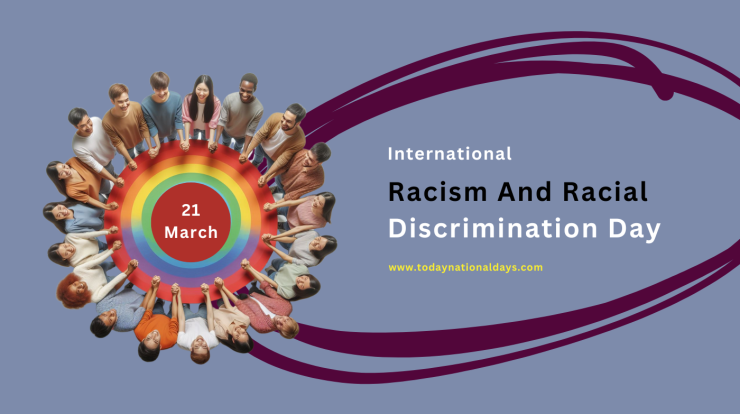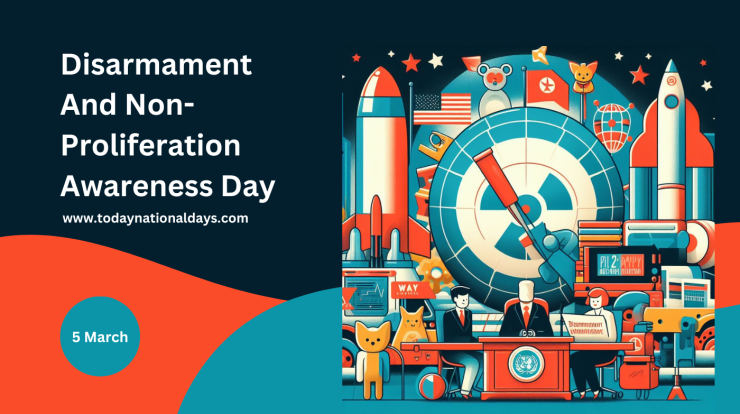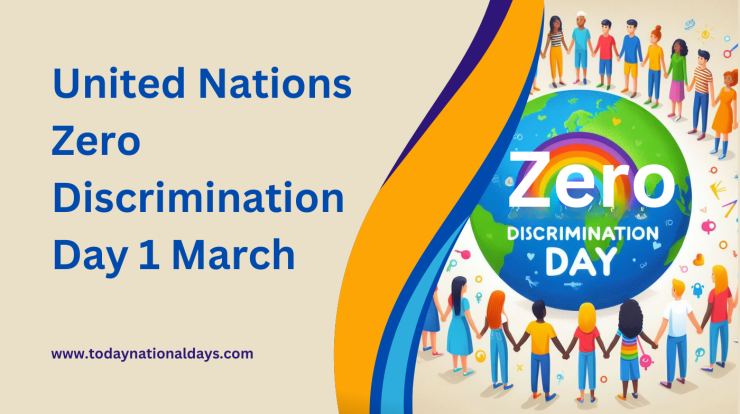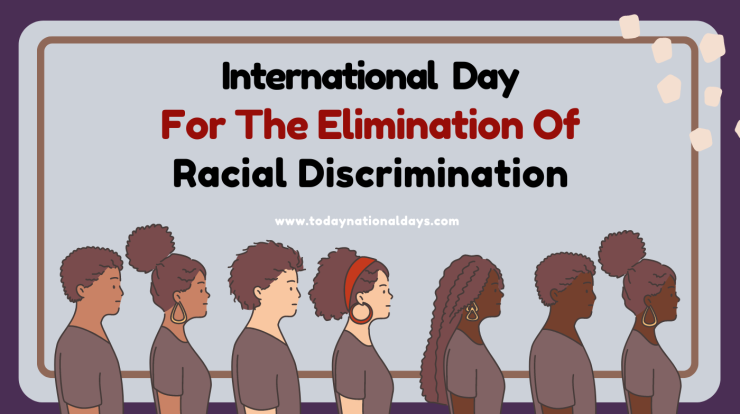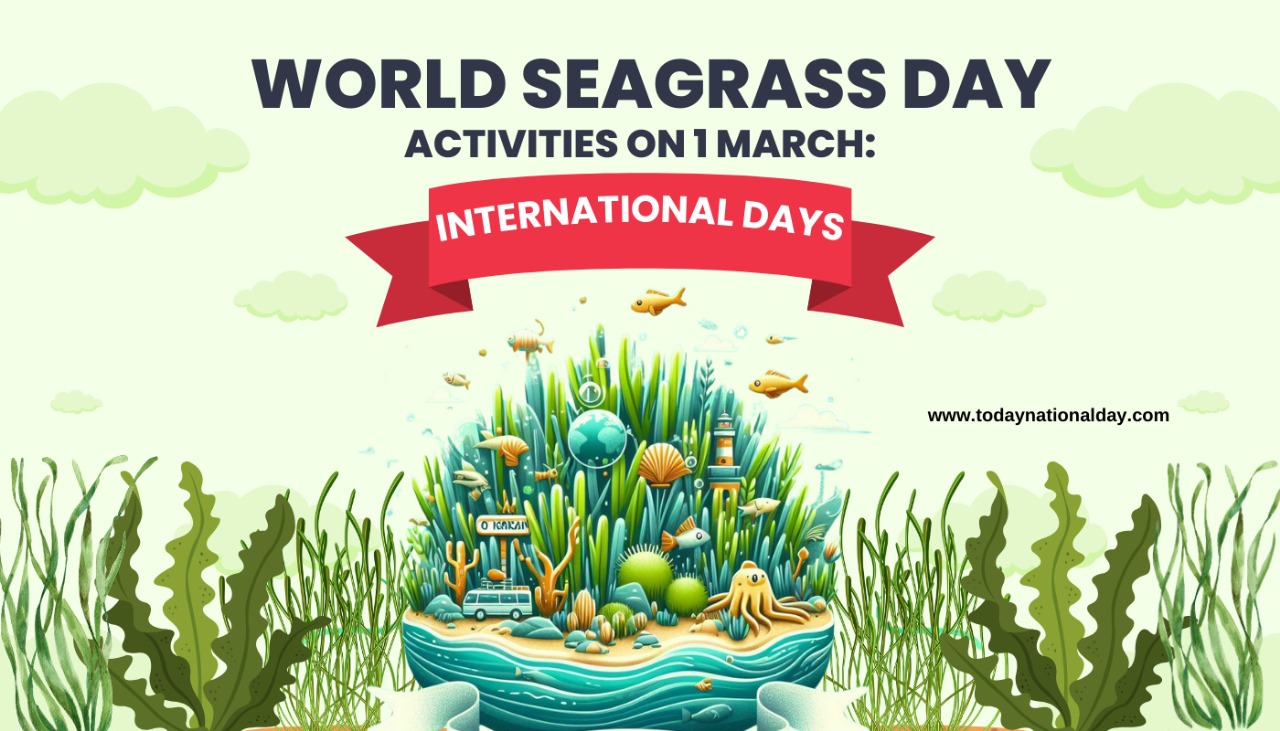
World Seagrass Day Activities: Find exciting ways to engage in seagrass conservation and make a difference in marine ecosystems.
Contributing to seagrass conservation can take many forms. First, educate yourself and others about the importance of seagrasses.
Understanding their role is crucial for their conservation. Next, advocate for their protection by spreading the word about the need to protect seagrass meadows. Finally, get involved by participating in local beach clean-ups and conservation initiatives.
World Seagrass Day is celebrated yearly to raise awareness about seagrasses’ vital role in marine biodiversity. It highlights their threats and contributions to sustainable development and climate change mitigation.
On 23 May 2022, the UN General Assembly declared 1 March World Seagrass Day. The UN Environment Programmed (UNEP) will facilitate the observance of this day annually.
What Is The Purpose Of World Seagrass Day Activities?
World Seagrass Day is celebrated annually to raise awareness about the importance of seagrasses in marine biodiversity. These vital ecosystems face many threats but significantly contribute to sustainable development and climate change mitigation.
Seagrasses are widespread, covering about 300,000 km² of seabed across 159 countries. These marine flowering plants thrive in shallow waters from the tropics to the Arctic, forming extensive underwater meadows.
Seagrass meadows may only cover a mere 0.1% of the ocean floor, but their impact is profound. These underwater meadows offer vital food and shelter to thousands of species, such as fish, seahorses, and turtles. Moreover, they play a crucial role in supporting some of the world’s largest fisheries.
Why We Celebrate The Day?
On 23 May 2022, the UN General Assembly declared March 1st World Seagrass Day to raise awareness and promote seagrass conservation. This initiative supports Sustainable Development Goals by enhancing ecosystem services.
Seagrass management, preservation, and restoration are essential to sustainable blue economy strategies. Various countries have started projects, and some have been recognised as World Restoration Flagships for their exemplary large-scale and long-term restoration efforts.
How To Get Involved!
Seagrasses are vital marine flowering plants that create productive and biologically rich habitats in shallow waters. Although they cover only 0.1% of the ocean floor, they account for 10-18% of oceanic carbon burial and provide essential food and shelter for diverse marine life.
Seagrass meadows support major fisheries by serving as nurseries for commercially important fish and prawn species.
Enhancing seagrass protection and restoration is crucial for food security, improved water quality, and achieving economic, societal, and nutritional goals. Global efforts are needed to conserve, manage, and restore these ecosystems.
Partnerships
Initiated by environmental groups and endorsed by the UN, World Seagrass Day focuses on conserving seagrass meadows, which are crucial for combating climate change and supporting marine life.
The event is co-organized by the UNGA, UNEP, IUCN, CBD, UN-OCEANS, UN Climate Change, WWF, Ramsar Secretariat, UNDRR, GEF, and The Commonwealth Secretariat.
It involves civil society organizations, NGOs, biologists, conservationists, researchers, and academics.
A Global Campaign For World Seagrass Day
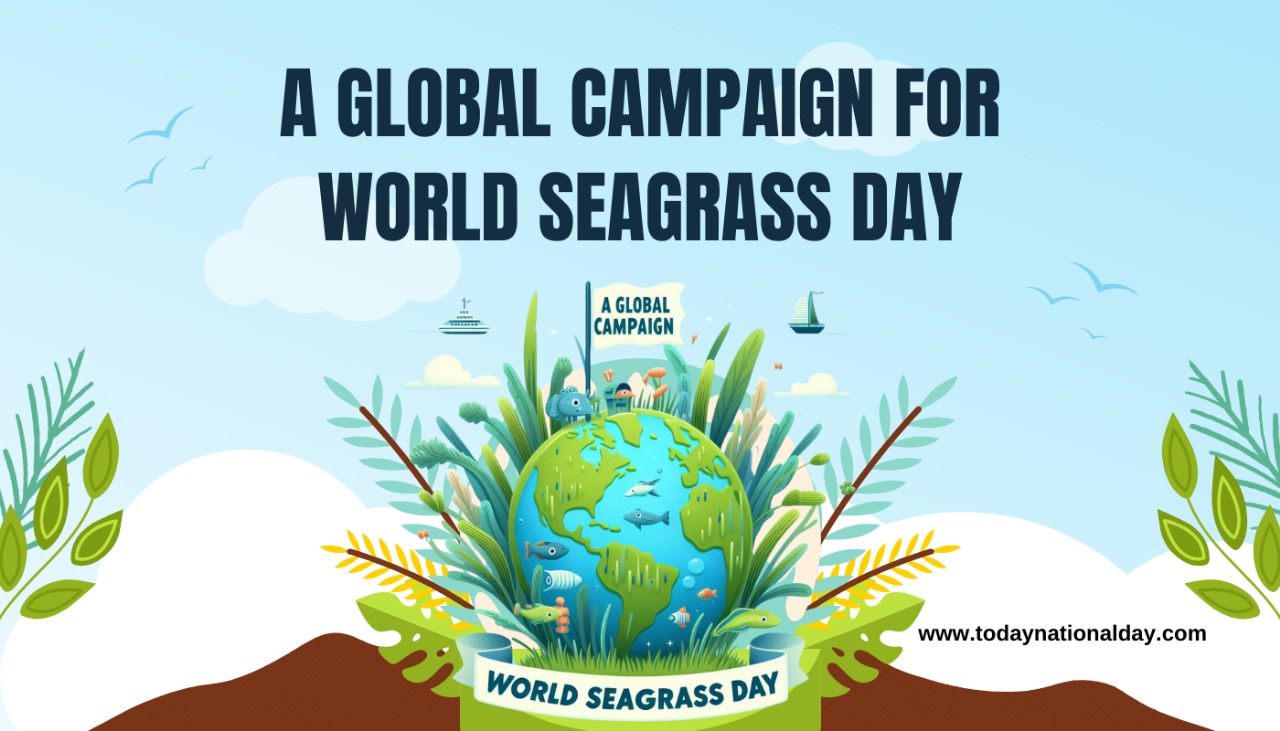
Raising public awareness about the importance of seagrass meadows is crucial for their global protection and conservation.
The international seagrass research and conservation community and the undersigned urge the United Nations to declare a World Seagrass Day.
This day would highlight seagrass meadows’ vital role in the health and well-being of our planet and the people, communities, flora, and fauna that depend on them.
The Importance Of Seagrass
- Food security: Seagrass supports crucial fisheries, benefiting communities and economies. Fisheries play a vital role in food security, particularly for coastal populations.
- Maintaining a healthy climate: Seagrass, despite covering a small area, stores a significant amount of carbon, aiding in the fight against global climate change.
- Healthy oceans: Seagrass meadows contribute to human and ocean health by producing oxygen and regulating seawater chemistry, benefiting marine organisms and human well-being.
- For biodiversity: Seagrass forms habitats supporting diverse plants and animals, enhancing biodiversity. It is essential for commercially important species and provides food for endangered species like sea turtles.
- Communities and culture: Seagrass meadows are culturally significant and integral to the socio-economic-cultural landscape of coastal communities. They also offer educational, recreational, and tourism opportunities.
The Need For A World Seagrass Day
- Accelerated loss of seagrass meadows globally: Nearly 30% of the world’s seagrass meadows have disappeared, and the rate of decline has accelerated since the 1990s.
- Around 110 square kilometres of seagrass are lost annually, equivalent to two football fields every hour. The loss may be more significant, particularly in Southeast Asia and coastal East and West Africa, where seagrass resources are abundant but undocumented.
- Raising awareness on the importance of seagrass meadows: There is an urgent need to raise global awareness about the importance of seagrass, the activities threatening them, and the consequences of their loss.
- Establishing a day of global recognition and supporting outreach activities is crucial for bringing seagrass conservation into the collective consciousness of the world’s populations.
Healthy Seagrass, Healthy Planet
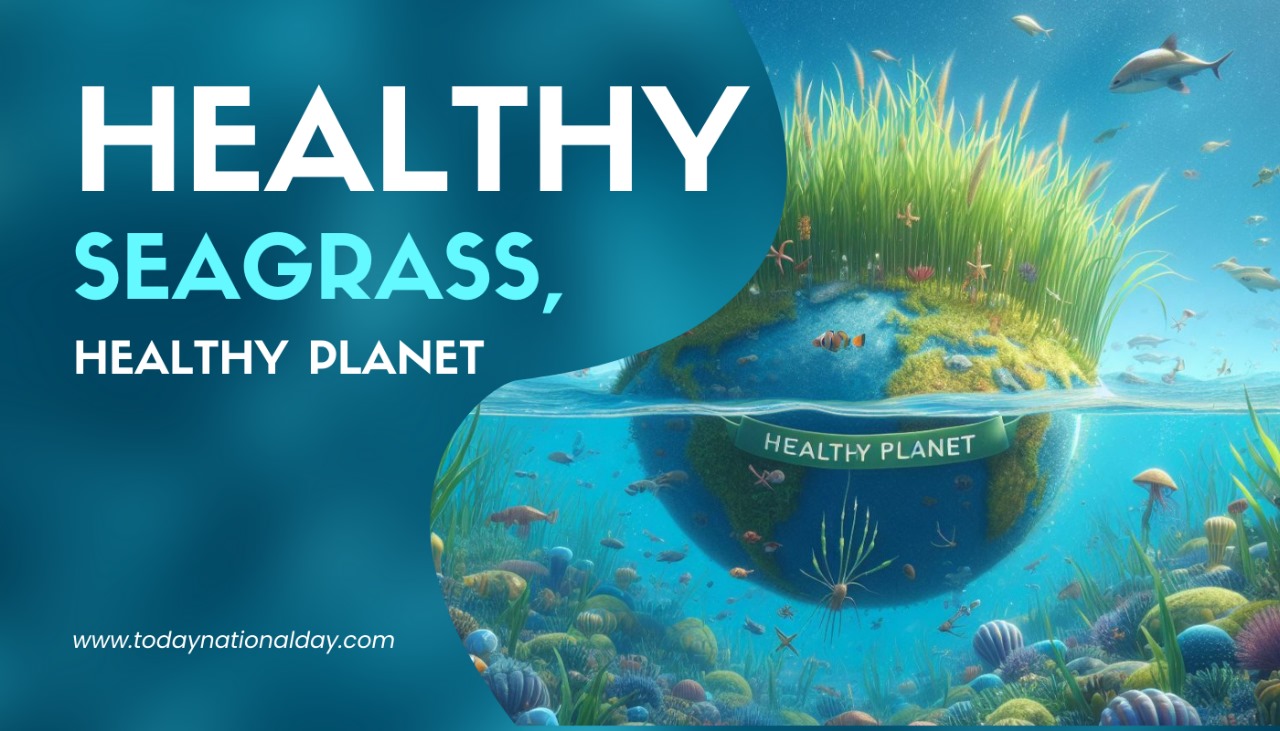
In May 2022, the General Assembly passed resolution A/RES/76/265, designating March 1st as World Seagrass Day. This resolution underscores the importance of raising awareness and promoting actions to conserve seagrasses at all levels.
It emphasizes the need to enhance ecosystem services and functions to support the achievement of the Sustainable Development Goals.
Why Seagrass Matters
Seagrasses in shallow waters worldwide create extensive underwater meadows that support diverse marine life. Despite covering just 0.1% of the ocean floor, these meadows provide food and shelter to numerous species and sustain significant fisheries.
They enhance water quality by filtering pollutants and serve as efficient carbon sinks, storing up to 18% of oceanic carbon. Seagrasses also mitigate ocean acidification, bolstering the resilience of vulnerable ecosystems like coral reefs.
Additionally, they protect coastal populations by reducing wave energy mitigating flood and storm risks.
A Resource In Danger
Despite their vital role in sustainable development and climate resilience, seagrass meadows are under threat, with only a quarter protected in marine reserves. Global seagrass decline has accelerated since the 1930s, with an estimated 7% loss annually. Alarmingly, the International Union for Conservation of Nature categorises 21% of seagrass species as threatened.
Pressures like coastal development, pollution, climate change, and unregulated activities like fishing are significant contributors to seagrass degradation.
Protection Works
While seagrass loss is a global concern, some areas have witnessed declines stabilising or even substantial recovery, often due to human interventions mitigating stressors. Seagrasses are vital for marine life and offer diverse benefits for land-dwellers.
Raising awareness about their importance, from food security to coastal protection and carbon storage, drives global efforts for conservation and restoration. These efforts align with Sustainable Development Goals, Paris Agreement targets, and biodiversity frameworks, offering multiple economic, societal, and environmental benefits.
Seagrass management should be integral to sustainable blue economy strategies, with ongoing restoration projects exemplifying UN principles for ecosystem restoration.
The Value Of Seagrasses To The Environment And People
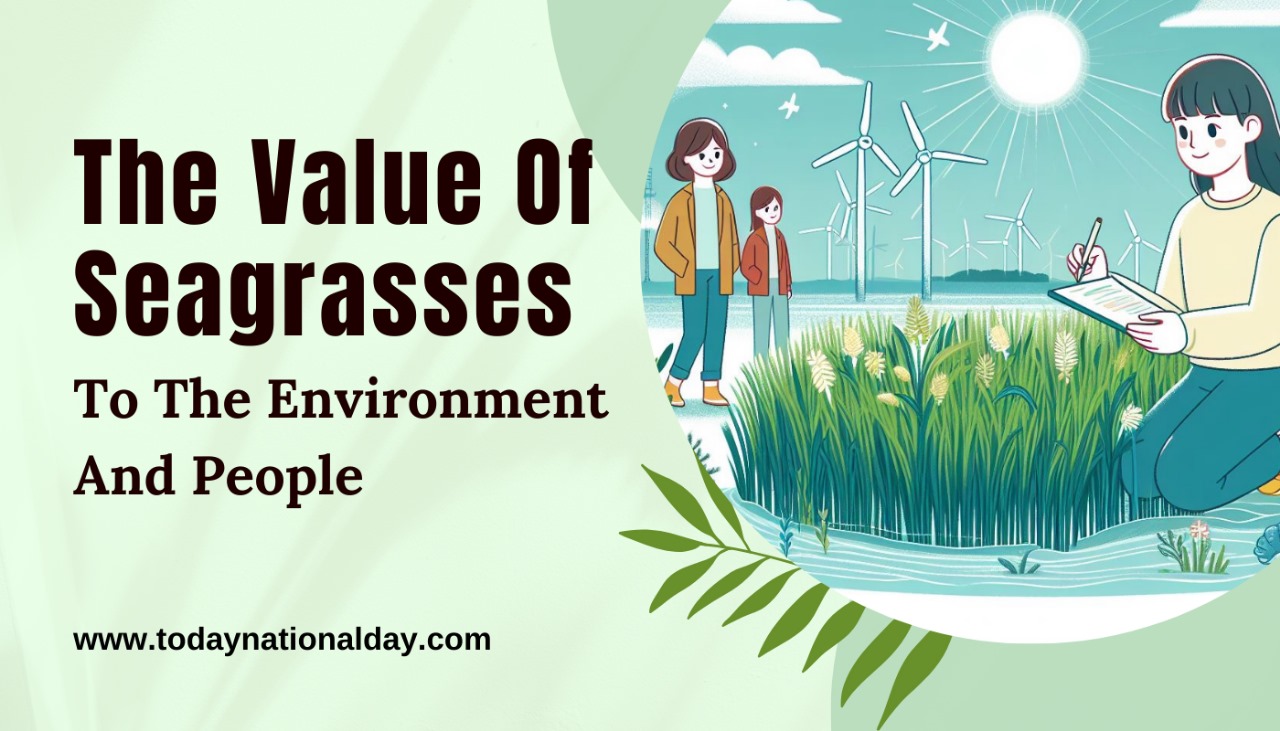
A new report by the United Nations Environment Programmed highlights the vital role of seagrasses in both environmental and human contexts. Seagrasses, marine flowering plants found globally, offer numerous benefits, including food security, water quality improvement, coastal protection, and carbon storage.
Despite their importance, global seagrass decline continues, with an estimated 7% loss annually. Urgent action, including conservation, sustainable management, and restoration efforts, is needed to address this decline.
Seagrass Restoration Projects
Earth’s ecosystems sustain all life. A healthier planet means healthier people, and ecosystem restoration is pivotal. Recognized under the UN Decade on Ecosystem Restoration, ten remarkable initiatives are leading efforts to restore our natural world, such as the Abu Dhabi Marine Restoration and the Small Island Developing States Restoration Drive.
A Petition For World Seagrass Day Activities
Fields marked with an asterisk (*) are required.
We, the undersigned, advocate for establishing a World Seagrass Day by the United Nations. We urge nations to take action to halt the decline and loss of seagrass meadows and call upon the international community to support global efforts to conserve seagrass ecosystems.
Conclusion Of World Seagrass Day Activities
World Seagrass Day debuted on March 1st, 2020, initiated by the Seagrass Project to spotlight the vital role of seagrasses in marine ecosystems. March 1st, chosen to align with the northern hemisphere’s seagrass growing season, marked the occasion with various activities worldwide, including cleanups, workshops, and social media campaigns.
The day aims to raise awareness about the importance of seagrass and the threats it faces, given its rapid global decline. World Seagrass Day strives to safeguard these critical habitats and marine biodiversity by fostering public awareness and encouraging conservation efforts.
Through collaborative action, we can ensure a sustainable future for our oceans and their inhabitants.
World Seagrass Day Activities FAQs
What Is The Theme Of The World Seagrass Day?
Healthy Seagrass, Healthy Planet
Theme Of World Seagrass Day: Each year, World Seagrass Day celebrates a specific theme. This year, the theme is “Healthy Seagrass, Healthy Planet,” emphasizing the importance of seagrass vitality for environmental well-being.
What Human Activities Affect Seagrass?
Human Activities and Seagrass Impact:
Human activities directly impact seagrass in various ways-
- Fishing and Aquaculture
- Introduction of Exotic Species
- Boating and Anchoring
- Habitat Alteration through dredging, reclamation, and coastal construction.
Specific fishing techniques like dredging and trawling can significantly harm seagrass by directly removing it.
What Are The Objectives Of Seagrass?
Seagrass and Coastal Management:
Seagrass plays a crucial role in coastal management-
- Reducing Coastal Erosion: Seagrass helps stabilize and retain sediments on the seabed, mitigating the impact of coastal erosion.
- Improving Water Quality: Seagrass meadows act as natural filters, capturing organic material, sediments, and nutrients from the water, thus enhancing water clarity and quality.
How Many Seagrass Species Are There In The World?
72 Seagrass Species: Seagrasses are unique among flowering plants, with 72 known species worldwide. These underwater plants, called “angiosperms,” produce flowers, seeds, and pollen. Interestingly, creatures like crabs and shrimp facilitate their pollination, akin to how bees and insects pollinate plants on land.
What Are Some Fun Facts About Seagrass?
Valuable Seagrass Ecosystem: Seagrass meadows are among the most valuable ecosystems globally, following estuaries and wetlands. About 2½ acres of seagrass, equivalent to roughly the size of two football fields, offer essential benefits such as habitat provision and erosion control. Its annual estimated value is nearly $29,000.

